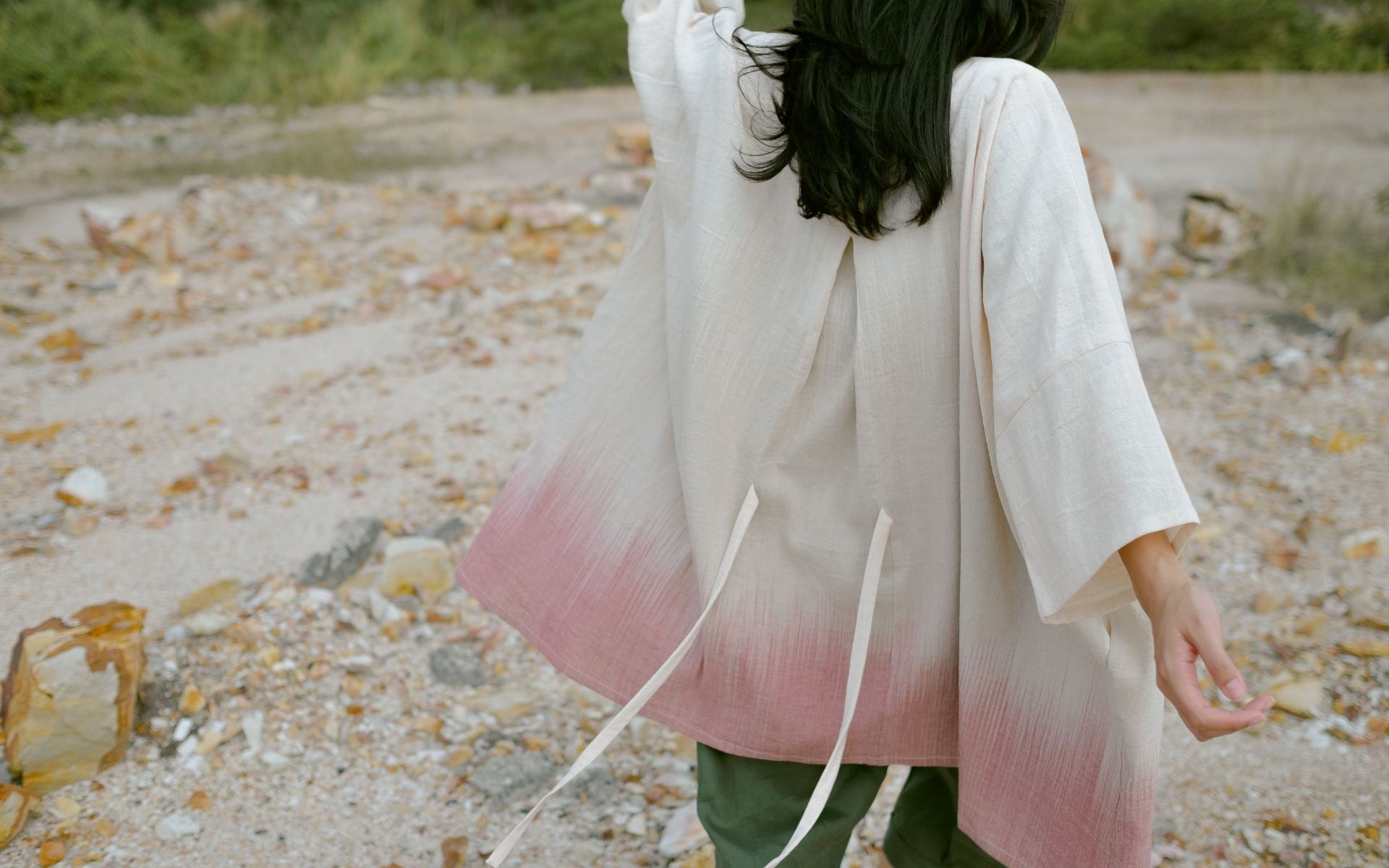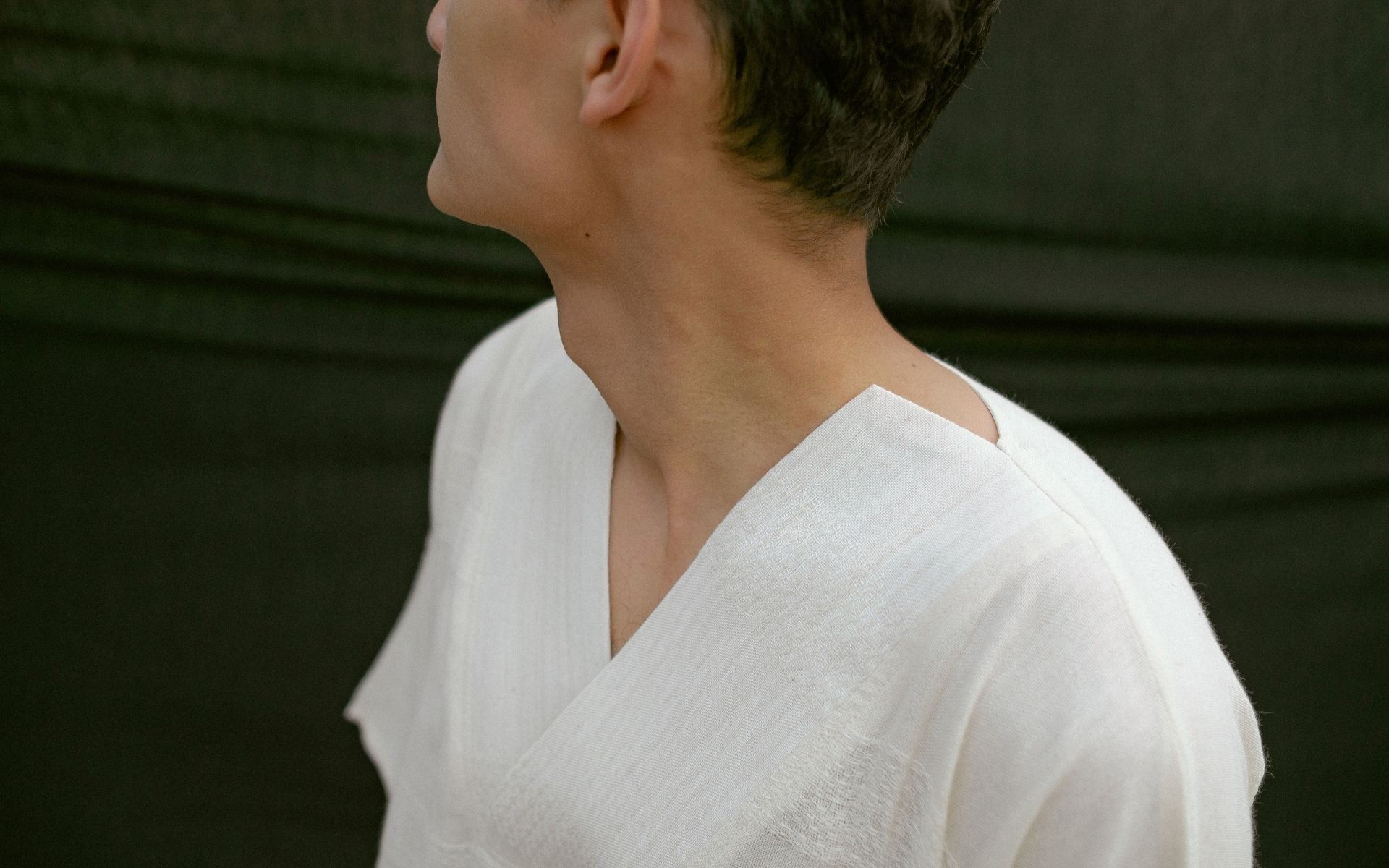
Fast fashion has been perceived as a setback to the growing landfill of unsold clothes that are fated for incineration. This prompted slow fashion to surface, a term coined by author Kate Fletcher as an approach to sustainable designs.
This year the lifestyle brand Real.m, with its principle of slow fashion, partnered with designer Xe Linn to create a capsule collection that's available at the conscious select store UNPLUG in Bangsar Village 2.
We spoke with designer and founder of Little; Xe Linn, the co-founder of Real.m; Najmia Z and the co-founder of UNPLUG Atiyya Zulkarnain on how Ivory 2.0 endeavours to curb the setbacks of fashion waste.






